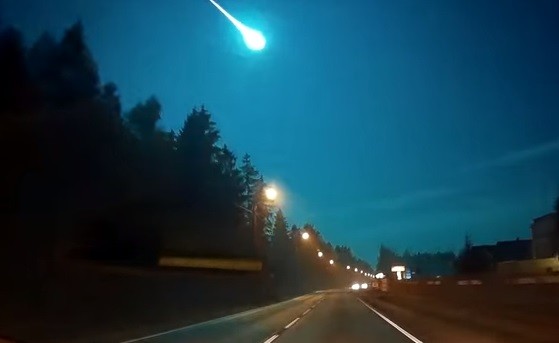The Taurid meteor showers will provide a dazzling show of fireballs this week and next week where skywatchers can spot a glowing fireball or two after midnight.
According to Bill Cooke from the NASA Meteoroid Environment Office, there not too many of them, where it is fairly common to witness just a few throughout the night however, when they do arrive, the fireballs look really spectacular.
The Taurids occurs every year which is also named after the constellation Taurus or The Bull that appear in the night skies this time of year, composing mainly of large meteoroids. The meteor shower lasts for several weeks from September to November where it is divided into two phases as peaks become hard to distinguish.
The first peak in meteor activity is known as the South Taurids since they originate, radiating from the southern part of the constellation Taurus, ending in October 30. The first series of meteors known as North Taurids was seen last Halloween which is expected to peak on November 12.
Astronomers also say that the best time to catch a dazzling fireball show is during a Taurid Swarm which occurs every five to six years. Cooke also adds that this year is predicted to be a swarm year as many tiny, pebble sized fragments burn up as they enter the planet's atmosphere at speeds of 65,000 miles per hour, creating amazing fireballs. These space debris or fragments originally come from the comet trail of comet Encke.
When it comes to meteorite standards, pebble sized ones are already considered huge since most meteors are smaller than a bead. Their sizes and weight also adds to the Taurids' incredible glow.
Every time during the Taurid season, many witnesses are surprised or sometimes shocked at the fireballs' presence since they brightly glow, appearing to be fireworks or airplanes. On Wednesday night, there were six sightings in the United States and also a large fireball that was spotted in Poland last week.
Astronomers suggest that the best time to view the Taurids where they are the brightest and highest, is around 1:30 A.M. local time as Cooke adds to set up watch around midnight to 3 A.M.



























